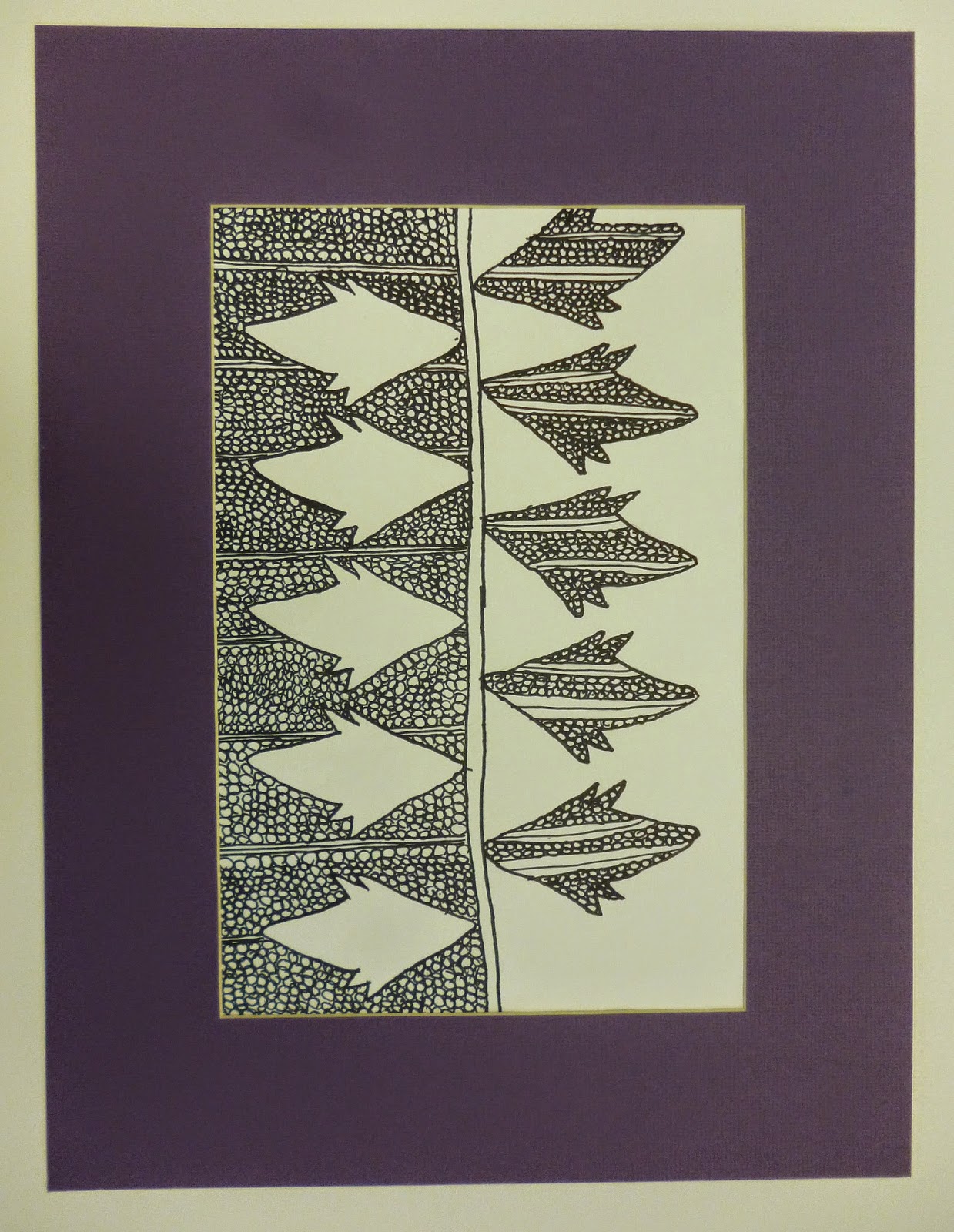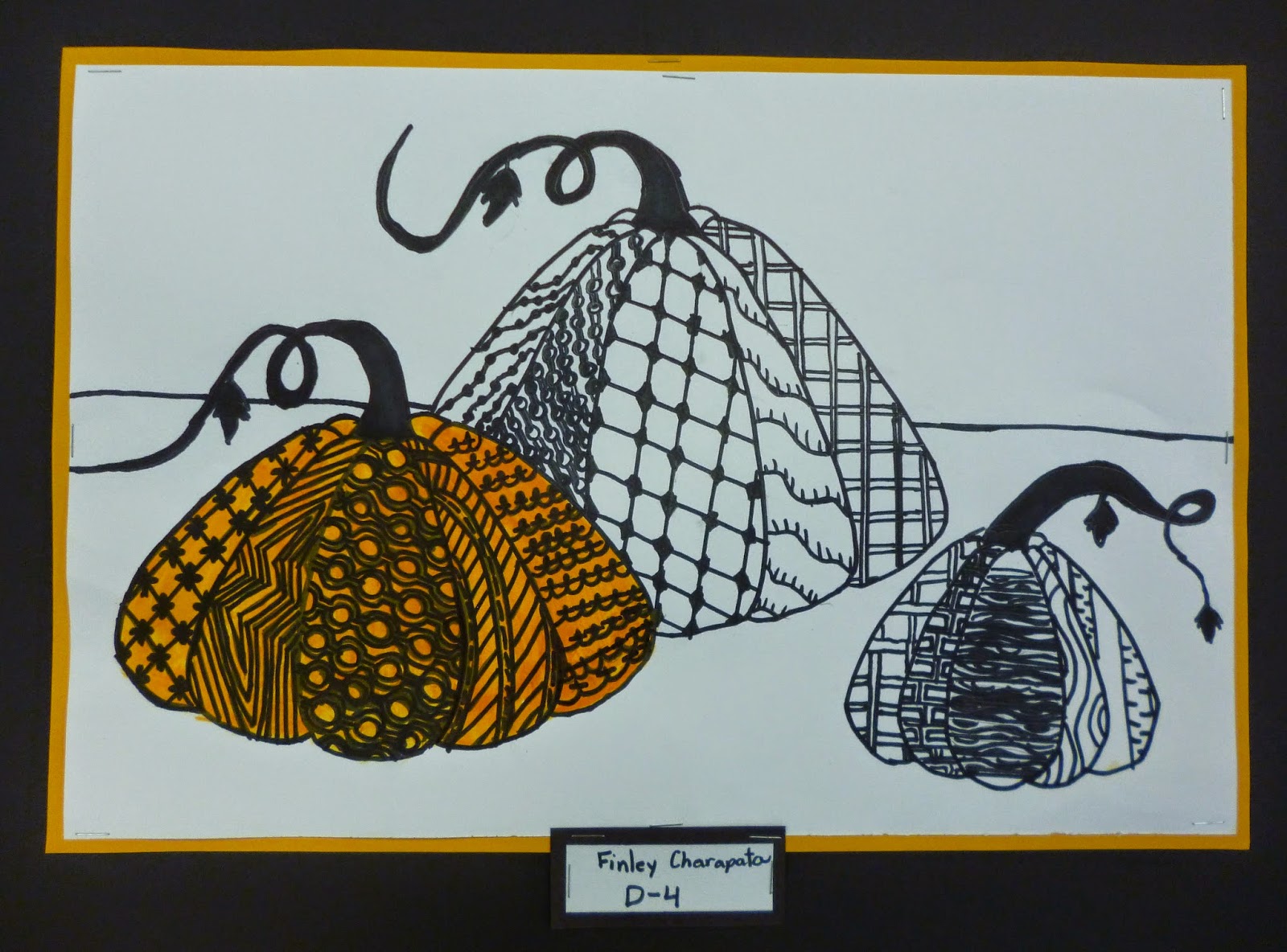With nothing but paper and glue, my second graders just finished these ice fishing works of art. In the past, I have always done a fish project. Wisconsin winters are long and artwork usually reflects the season. My fish lessons usually happen during the spring. This year, I thought why not do an ice fishing inspired project. Most of my students ice fish with their parents every weekend... this project informed me of that (so many student stories). I loved the students excitement, and the awesome little details. The students made their own fish tracers, and designed each fish using paper. The fish are big compared to the ice shanties, but it gives it a sense of playfulness. The project took a while, but I love the results and local inspiration behind the theme.







